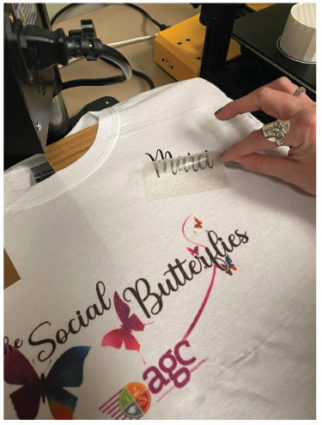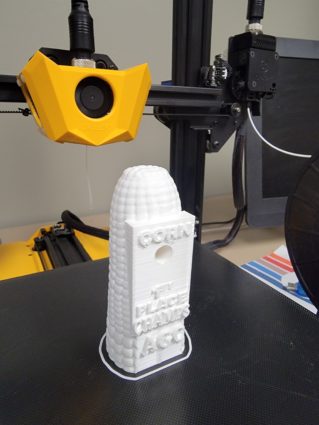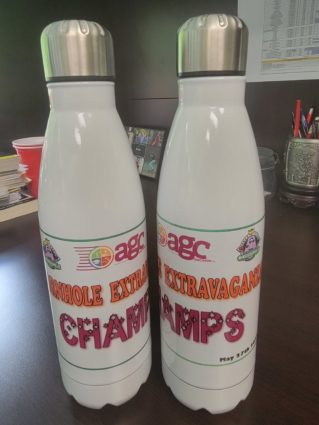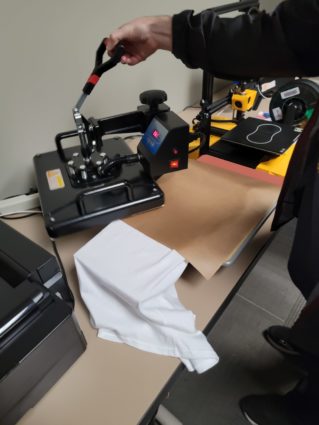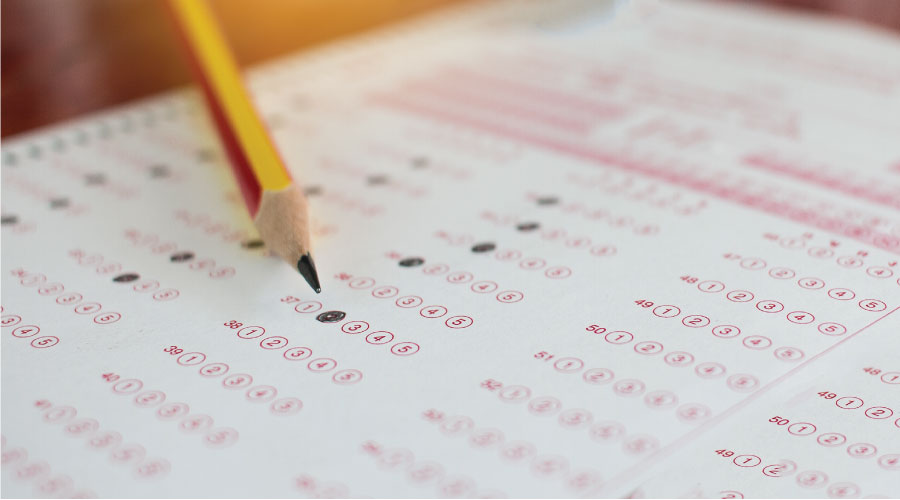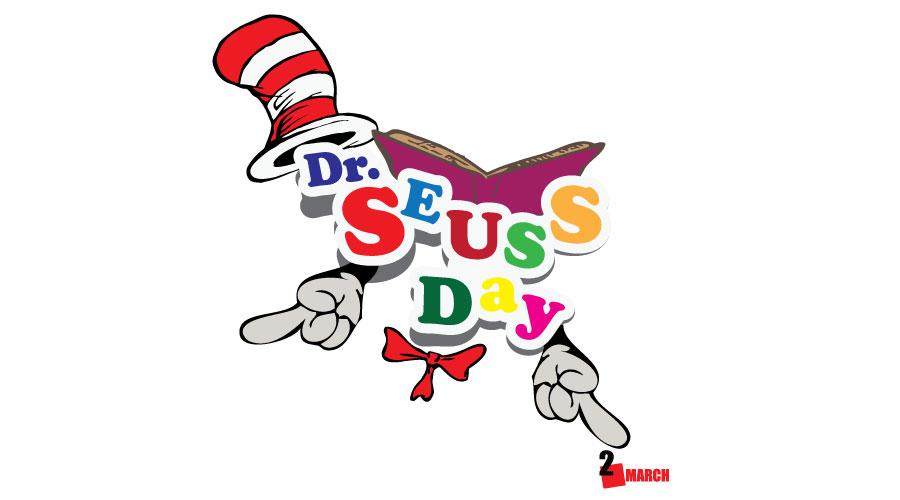“Who is Dr. Seuss?” If you were to ask this of a younger student, you will most likely receive an answer about the Cat in the Hat or Green Eggs and Ham.
But who really was Dr. Seuss?
Dr. Seuss was born Theodor (Ted) Suess Geisel in 1904 in Springfield, Massachusetts.
President Teddy Roosevelt left Dr. Seuss with permanent stage fright.
Ted Geisel was your typical teenager. He had a passion for writing cartoons. During World War I, at the age of 14, Ted sold war bonds and was 1 of 10 scouts recognized by President Teddy Roosevelt as one of Springfield’s top sellers. What you may not know is that during this recognition ceremony President Roosevelt was only given 9 medals to present to the young boys. Ted Geisel was number 10 and when President Roosevelt reached Ted, he gruffly bellowed, “What’s this little boy doing here?” Honor quickly became humiliation as the flustered scoutmaster shuffled Ted off stage. This event had a lifelong impact on our beloved Dr. Suess, who from that day on dreaded public appearances.
Dr. Seuss failed over 25 times as a writer.
The day Dr. Suess received his 27th rejection from a publisher he headed home with plans to burn his manuscript in the apartment’s incinerator. As luck would have it, he ran into an old college friend, Mike McClintock, who that very morning had started a new job as an editor in the children’s section at Vanguard Press. Within hours, a contract was signed.
In 1937 Dr. Seuss’s extraordinary career was launched when Vanguard Press published And to Think that I Saw It on Mulberry Street. Dr. Suess was quoted saying, “If I had walked down the other side of Madison Avenue, I’d be in the dry-cleaning business today.”
Dr. Seuss could not draw Horton the Elephant anymore
and turned his art political.
As Nazi tanks rolled into Paris in 1940, Dr. Seuss was compelled to express his feelings visually. He drew over 400 editorial cartoons. These cartoons included stereotypical and inflammatory depictions of Japanese leaders and xenophobic cartoons portraying Japanese Americans as disloyal.
Dr. Seuss wielded his pen for the U.S. Army in World War II.
In 1943, Captain Theodor Geisel reported for duty and got to work producing animated training films, booklets, and documentaries. He created cartoons featuring Private Snafu, a bumbling GI with the looks of Elmer Fudd and the voice of Bugs Bunny whose missteps were a warning to enlisted men. Work created during this time was used in 1947 when Dr. Seuss and his wife, Helen, used it as the basis for their screenplay “Design for Death” which earned an academy award.
Dr. Seuss’s personal life was filled with sadness.
Dr. Seuss’s wife, Helen Geisel, struggled for more than a decade with partial paralysis. Her failing health led to depression. The despair worsened with suspicions that her husband was having affair with a close friend, (who would later become Dr. Suess’s second wife). Sadly, in 1967, at the age of 68, Helen took her own life.
Connecting with children, however never having his own.
Helen Geisel was unable to bear children and Dr. Seuss did not father any children with his second wife, Audrey. When asked how he connected with children despite not having his own, he answered, “You have them, and I will entertain them.”
